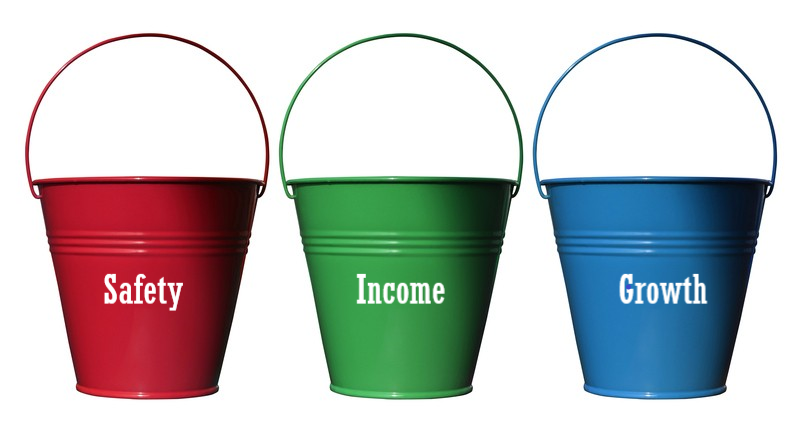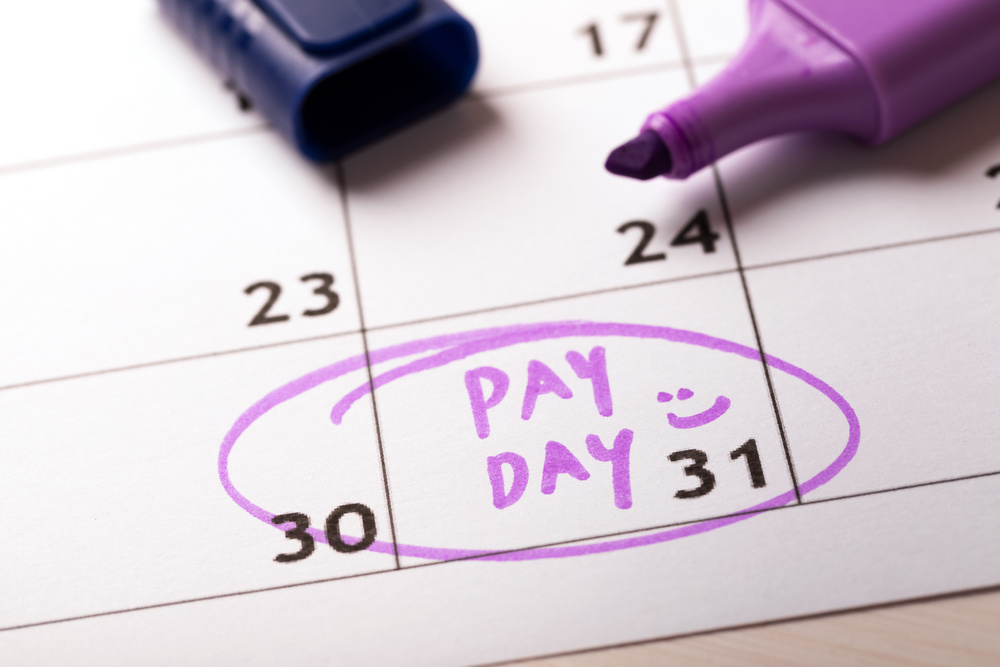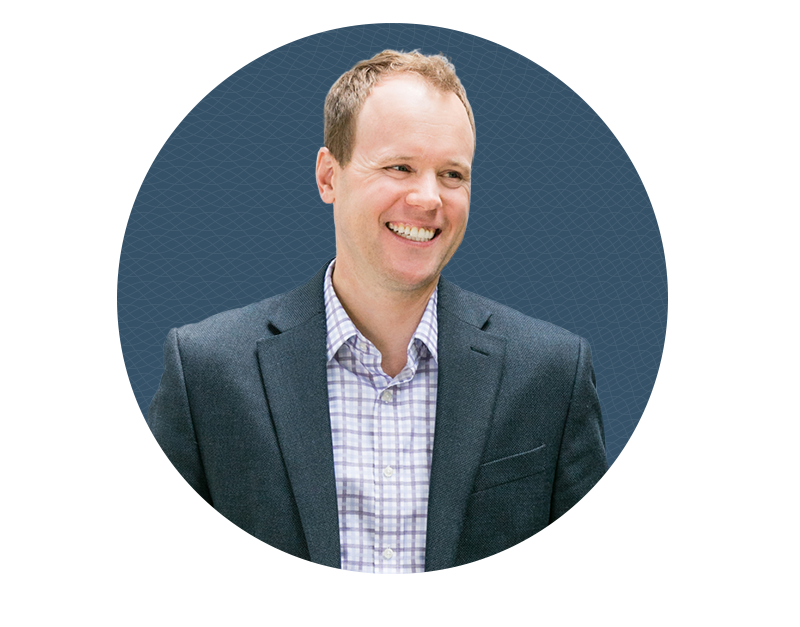Where will my paycheck come from when I’m retired?
If you’re about to retire and thinking about this for the first time, you’re not alone. Most people haven’t given retirement paychecks a moment of thought and that’s perfectly understandable. You’ve had paychecks deposited into your bank account on a regular basis for decades. You put your head down and gave your attention to your career and investments. There’s nothing wrong with having a growth mentality. We previously likened wealth building to mountain climbing. You focus on how to accumulate the wealth to reach the summit, but not much thought goes into how you will safely descend the other side.
This is where the anxiety kicks in with some common concerns:
Where will I get the money to live after retirement?
How much will I need?
What about medical costs?
Will I outlive my funds?
Fortunately, the right plan can help you answer these questions and calm your fears.
Why do you need a “paycheck” in retirement?
A retirement income plan has quite a few moving parts, but why do you need a paycheck in retirement? You certainly don’t want to worry day to day whether you’ll have enough in the bank to pay the next day’s bills. While you’re not required to set up a monthly automatic withdrawal, like a paycheck, from your retirement account, we generally encourage this practice because it creates consistency and reliability. It also helps prevent spending down your assets too quickly.
If you’ve worked with your advisor to build a retirement income strategy, you can set a paycheck plan for the year and go back to living like you have for decades – on a stable monthly income.
Build your paycheck in 3 steps
How can you create this stable retirement income? Consider three steps: set a budget, take stock of fixed income sources like rent and social security, and set up your portfolio to fill the gap.
- Set a budget. In most retirement plans, overspending, not a stock market crash, is the biggest risk How much do you need each month to keep the lights on and the bills paid? In a perfect world, how much would you add for fun, creating the retirement life you’ve always dreamed of? Don’t forget to factor in taxes and those random expenses that sneak up throughout the year. With these items carefully tallied, you should have an accurate idea of the monthly income you need. Let’s use $10,000 per month as an example.
- Take stock of fixed income sources. How much will you receive from social security and pensions, income that is guaranteed to you for the rest of your life? If you’re counting on income from rental properties, make sure to include repair costs and possible vacancies. Of the $10,000 per month you need, let’s say fixed income will provide $4,000.
- Position your portfolio to fill the gap. We’ve learned that you need $10,000 each month to live your dream retirement life and can conservatively expect $4,000 to come from fixed income. We now need to fill the $6,000 monthly gap from your investments, making sure you don’t outlive your money. How can you do this? It will largely depend on the size of your portfolio.
Two approaches to portfolio income – the Golden Goose vs. Buckets
Your portfolio proceeds come from two primary sources – growth and income.
- Growth refers to the appreciation of the assets in your portfolio – you buy Company A at $10 per share and it grows to $20. To spend the growth, you need to sell shares.
- Income refers to dividends paid by stocks or interest paid by bonds. If each share of Company A pays a $2 quarterly dividend, this can be spent without selling shares or reinvested if you don’t need the income right away.
How you structure your portfolio should start by looking at how much you need and how much you have. Think of Aesop’s fable of the goose that laid the golden eggs. Your portfolio is the goose, creating proceeds to live on. Dividends, interest payments, and profits from selling shares are your golden eggs.
The Golden Goose

An ideal retirement paycheck stays within the income generated by your portfolio to preserve the principal – living on the golden eggs without having to kill the goose. Some think about rules of thumb as a guideline, like limiting spending to roughly 3% to 4% of your portfolio. If you split the difference and assume you can generate 3.5% per year in portfolio income per year, you’d need just over $2 million in your portfolio to fill the $6,000 monthly income gap, though you could need more than this to account for inflation.
While you shouldn’t leave your retirement success to a general rule of thumb, it can help determine if your portfolio can produce enough to live on the income alone. If so, congrats…you have the Golden Goose! You can structure your portfolio to generate dividend and interest income, creating steady income through good times and bad. But what if you don’t have enough in the portfolio to live on the income alone? It might be better to look at a bucket-based strategy.
The Bucket Approach
If your portfolio income alone doesn’t fully meet your needs, another approach to build your retirement paycheck is to structure your portfolio into three buckets: safety, income, and growth.

- Safety. This bucket is a six-to-twelve month emergency reserve, usually kept in a high-interest savings account. This isn’t for spending, it’s a rainy day fund to provide security in bad times.
- Income. This bucket sends your monthly paycheck, designed to hold enough of your golden goose funds to provide your next 5 to 7 years of income. This part of the portfolio should focus on income and limiting the ups and downs of the market, usually in dividend and interest-generating investments that can deliver steady income.
- Growth. This bucket grows the funds you won’t need for 7+ years. This part of the portfolio should seek to outpace inflation and continue growing your portfolio over time. And because this is intended for use more than 7 years from now, you can let it ride out the ups and downs of the market, even during tough economic downturns.
As with many aspects of retirement planning, one of the biggest risks to this approach is overspending, so make sure you have an accurate picture of the monthly income you need to live the life you want.
When Do You Shift from a Portfolio Growth to a Retirement Structure?
These concepts might make sense and provide reassurance, but when do you need to start taking some action on them? You should begin planning for retirement as early as possible but worrying about your paychecks can come a bit later.
Typically, you should start preparing the retirement runway about five years before you plan to stop working. This provides plenty of time to prepare your buckets, reduce risk in your portfolio as needed and make sure you thoroughly understand where your paycheck will come from.
When you are within a year of retiring, you can nail down the details for full cash flow generation. With some deliberate planning and the right guidance, you’ll be ready to seamlessly step away from the workforce and into retirement.
When you retire, your next “job” should be enjoying the fruits of your labor, not worrying about your finances. There is a significant amount of work involved in turning all the moving parts into a series of steady retirement paychecks, but with a clear plan and a relationship with a trusted financial advisor, that work doesn’t have to stand in your way!
The “Alterra” name was coined by joining the Latin roots “alter”, the origin of the word “altruism” with “terra” meaning earth or land. This name reflects the company philosophy of “clients before profits” and providing firmly grounded advice.

